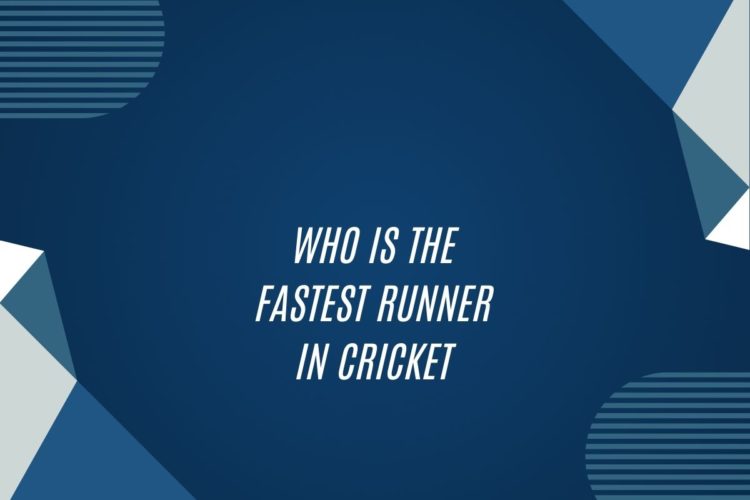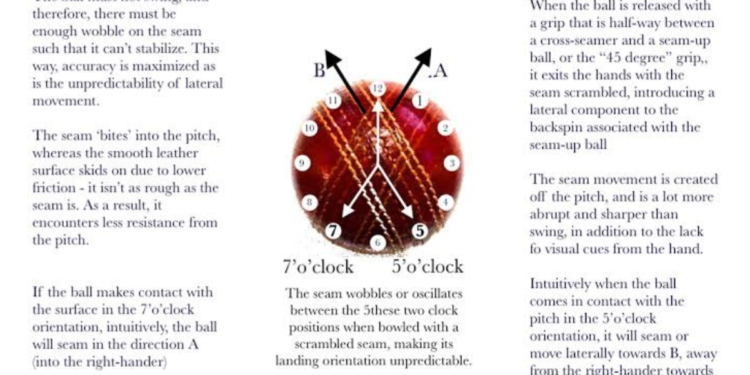The Importance of Speed in Cricket
Speed is a crucial factor in the game of cricket, influencing various aspects of performance on the field. Whether it is racing between the wickets, chasing down a ball in the outfield, or delivering quick deliveries as a bowler, speed plays a significant role in determining the outcome of the game. Players with enhanced speed have a competitive advantage as they can quickly adapt to changing game scenarios and outpace their opponents.
In batting, speed in running between the wickets can turn singles into doubles, doubles into triples, and create scoring opportunities that may not have existed otherwise. It not only increases the chances of scoring runs but also puts pressure on the opposition fielders, leading to potential misfields and overthrows. Furthermore, in bowling, the ability to generate pace can unsettle the batsmen, forcing them to play shots they are uncomfortable with and increasing the likelihood of taking wickets. Speed is, therefore, a skill that can make a significant impact on the overall outcome of a cricket match.
The Role of Running in Cricket
Running plays a critical role in the game of cricket, as it is a fundamental element of scoring runs and for players to rotate the strike effectively. When batsmen are at the crease, quick and efficient running between the wickets is essential to keep the scoreboard ticking over and to keep up the pressure on the fielding side. This requires not only speed but also sharp decision-making and communication between the two batsmen.
In addition, running between the wickets can also impact the fielding team’s morale and energy levels. Constantly putting pressure on the fielders by taking quick singles and converting ones into twos can force errors and create scoring opportunities. Moreover, running aggressively can also help disrupt the bowler’s rhythm and put them under pressure to bowl accurately, leading to scoring chances for the batting side.
Notable Fast Runners in Cricket History
One of the most famous names associated with speed in cricket history is Sir Vivian Richards. Known for his explosive batting style, Richards was also renowned for his quick running between the wickets. His ability to steal singles and turn them into doubles put immense pressure on the fielding side.
Another notable fast runner in cricket history is Jonty Rhodes. The South African cricketer revolutionized fielding techniques in the sport, often diving full stretch to save runs for his team. Rhodes’ lightning-quick speed made him a formidable force on the field, whether he was sprinting between the wickets or chasing down boundaries.
Factors Affecting Running Speed in Cricket
Running speed in cricket is a crucial element that can make a significant difference in a player’s performance on the field. One of the key factors affecting running speed is a player’s agility and flexibility. Being able to move swiftly and change direction quickly can help a player capitalize on scoring opportunities and prevent run-outs.
Additionally, a player’s physical fitness level plays a vital role in determining their running speed in cricket. Strength and conditioning training can improve a player’s power and explosiveness, allowing them to accelerate faster and maintain speed over longer distances. Adequate rest and recovery are also essential in order to prevent fatigue and maintain optimal performance on the field.
Training Techniques to Improve Running Speed in Cricket
To enhance running speed in cricket, athletes can incorporate various training techniques into their routines. Sprint intervals are a valuable way to build explosive speed, helping players accelerate quickly between wickets. Focusing on proper running form can also make a significant difference in overall speed and efficiency on the field. Players should pay attention to their posture, arm movement, and foot strike to optimize their running mechanics.
Additionally, strength training plays a vital role in improving running speed in cricket. Building lower body strength through exercises like squats, lunges, and plyometrics can enhance power and propulsion while running. Incorporating agility drills into training sessions can also help players improve their overall speed and coordination, allowing them to maneuver quickly and efficiently during a match.























